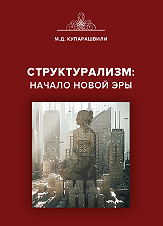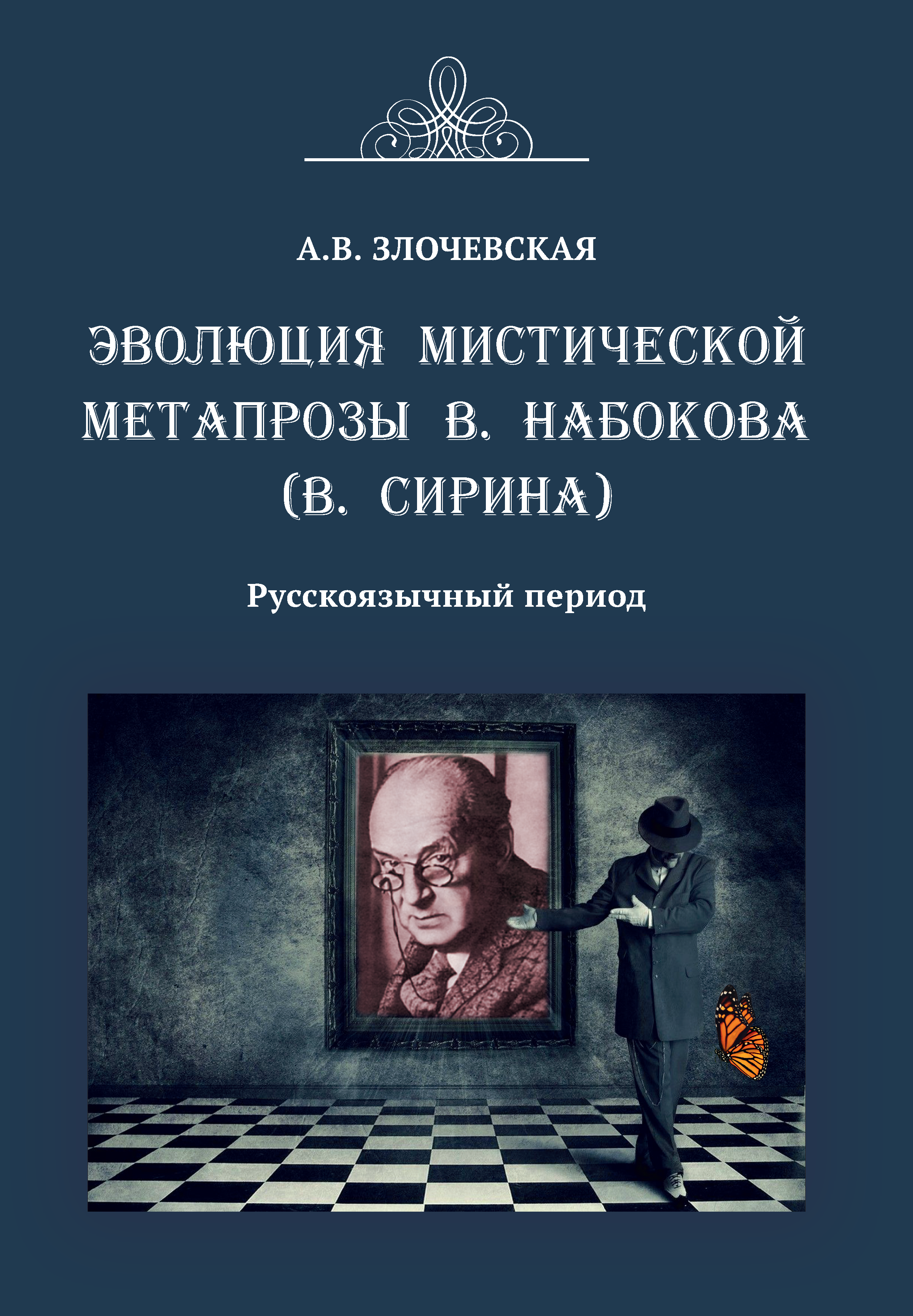UDC 378(079)-044.3:004.04
https://doi.org/10.20339/AM.07-22.051
Oleg Ya. Kutsy, Senior Lecturer at sub-faculty “Foundry Technology”, Head of the division of normative and methodological support educational process of Department of Educational Technologies at Bauman MGTU, e-mail: kutsiy@bmstu.ru
Tatyana Yu. Tsibizova, Dr. Sc. (Pedagogy), Cand. Sc. (Philosophy), Associate Professor at sub-faculty “Systems of Automatic management” at Bauman MGTU; Head of sub-faculty “Pedagogy, Psychology, Law, History and Philosophy” at Mytishchi branch of Bauman MGTU, e-mail: mumc@bmstu.ru
Aleksandra Yu. Kutsya, Senior Lecturer at sub-faculty “Foundry Technology”, Head of Educational Programs Design Division of Department of Educational Standards and Programs at Bauman MGTU, e-mail: fortor@mail.ru
The article is devoted to the issues of checking student papers for the amount of borrowed text and to the problems of controlling the circumvention of this check. The article considers the implementation of a number of methods of the widely used method of bypassing validation associated with the insertion of a large amount of third-party text. Shows various ways to detect this workaround in MS Word documents.
Key words: final qualifying work, plagiarism, education, checking for the amount of borrowing, bypassing the check for the amount of borrowing.
References
- Kutsy, O.Ya., Tsibizova, T.Yu., Kutsaya, A.Yu. Methods for bypassing the check of final qualification works for the amount of borrowed text and ways to identify them. Inserting large amounts of third-party text. Part. 1. Alma mater (Vestnik vysshei shkoly). 2022. No. 2. P. 48–52. DOI: 10.20339/AM.02-22.048
- GOST 2.105-95 Unified system for design documentation. General requirements for text documents.
- Batura, T.V. Methods for automatic text classification. Software products and systems. 2017. No. 1. P. 85–99.
- Gorbovtsova, K.M., Petrova, I.V., Sergeev, V.R. Basic approaches to the problem of text classification. Wealth of Russia. Collection of reports. 2018. P. 51–52.
- Ageev, V.N. The task of classifying and categorizing texts. Bulletin of Moscow State Unitary Enterprise named after Ivan Fedorov. 2011. No. 1. P. 15–22.
- Kutsy, O.Ya., Tsibizova, T.Yu. Problems of checking graduation qualification papers for the volume of borrowed text. Alma mater (Vestnik vysshei shkoly). 2021. No. 1. P. 52–56. DOI: 10.20339/AM.01-21.052
Part 1 see in Alma mater (Vestnik vysshei shkoly). 2022. No. 2. P. 48-52. DOI 10.20339/AM.02-22.048


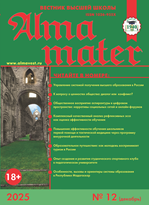
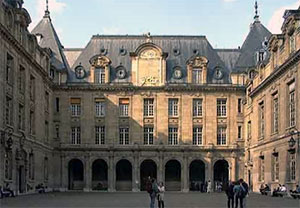
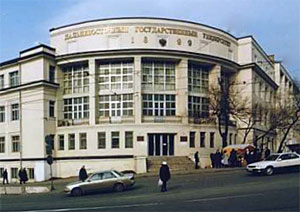
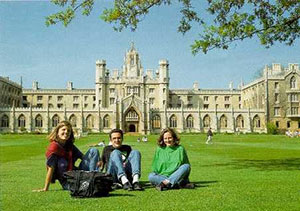





.png)
